With rising gas prices and the never-ending clamor against global warming, automobiles seem to be taking a fresh trajectory towards electrification. Battery efficiency and charging time, which used to be the major hindrances, have been improved due to increased technological advancement.
At the forefront of this massive development is the highly revered Tesla Motors. Lurking behind in research and development are Japanese automakers. Nissan has sold over half a million Nissan Leafs, Toyota is releasing a variety of electric vehicles for the Tokyo Olympics, and Honda is taking a U-turn on their decision to allow General Motors to build their EV lineup.
A lot will still need to be done with electric vehicles covering less than 5% of cars sales and Japanese models taking a small chunk of that percentage, but who knows? The tides can shift at any time. Let's look at a few Japanese EVs that we love.
Nissan Leaf
If you are a fan of aesthetically pleasing electric cars, the Nissan Leaf should do the trick for you. With floating roofs and unique aerodynamic lines, the Leaf has evolved through 10 years to position itself well in the EV space.
From its initial distance of 73 miles on a full charge in 2010, the latest Leaf can now go 226 miles. Up till early 2020, the leaf was the most sold electric vehicle in the world, and it was only dethroned by the cult-like following of the Tesla Model 3.
This ride has been in production for over a decade now and is somewhat synonymous with electric cars for many people in nations around the world at this point. Notably, it was preceded by the Nissan Altra.
2022 Toyota bZ4X
Though the Toyota bZ4X is posed to enter the market in 2022, we've got to include it in this list. There's something about this electric SUV that makes it stand out. With all-wheel-drive and very spacious seats being the only verified information we have, we can only wait in optimism at what Toyota has in store for us with battery life and range.
Mitsubishi Outlander PHEV
The Outlander is a plug-in hybrid EV using both fuel and batteries. The SUV can move over the 125 miles of range, with more than 31 miles being electric. You can fast charge the car in less than an hour, and there are lots of features on it you can control with a mobile application.
The Outlander is a family SUV with quiet but very effective performance. With an all-wheel-drive, firm handling, and some advanced safety features, Mitsubishi made a grand statement with the Outlander PHEV. This hybrid SUV has been around since its introduction in 2013.
Mitsubishi i-MiEV
The I-MiEV is the first highway-fit electric vehicle to be mass-produced. It is a five-door hatchback vehicle produced in 2010. The concept of the car came from its fuel counterpart, the Mitsubishi I car.
With a weight of a little over 2,200 lbs, the car can go 62 miles on a full charge and has a top speed of 80 MPH. Due to the mounting debt crises in Europe in 2012, production for the Mitsubishi I-MIEV was halted, but the car has already written its name in the history books of electric vehicles.
Honda Accord Plug-in Hybrid
The Honda Accord Plug-in Hybrid car is a four-door sedan with a front engine and 2-wheel drive. The electric range is somewhere around 13 miles and has a top speed of 62 MPH. The Accord Hybrid was the third best-selling electric hybrid car in Japan as of December 2013.
The car was stopped in 2015, three years after the first one was produced, due to fuel economy issues. Though it never came back even after the problem had been solved, it was replaced by the Honda Clarity in 2018.
Toyota Prius Prime
the Toyota Prius Prime is the second generation of the Prius series. It has an electric range of 40 miles which more than doubled the range of the first generation. It became available in the United States in November 2016, three months before it was sold in Japan. At the end of 2019, over 200,000 cars had been sold.
Final Thoughts
While these rides may not have the hype or public admiration Tesla cars have, they have been the leading push from Japanese automakers in getting a say in the electric vehicle market. With aggressive campaigns from American, German, Chinese, and even South-Korean automakers, it would take something special for Japanese automakers to gain a sizeable share in an already crowded market.

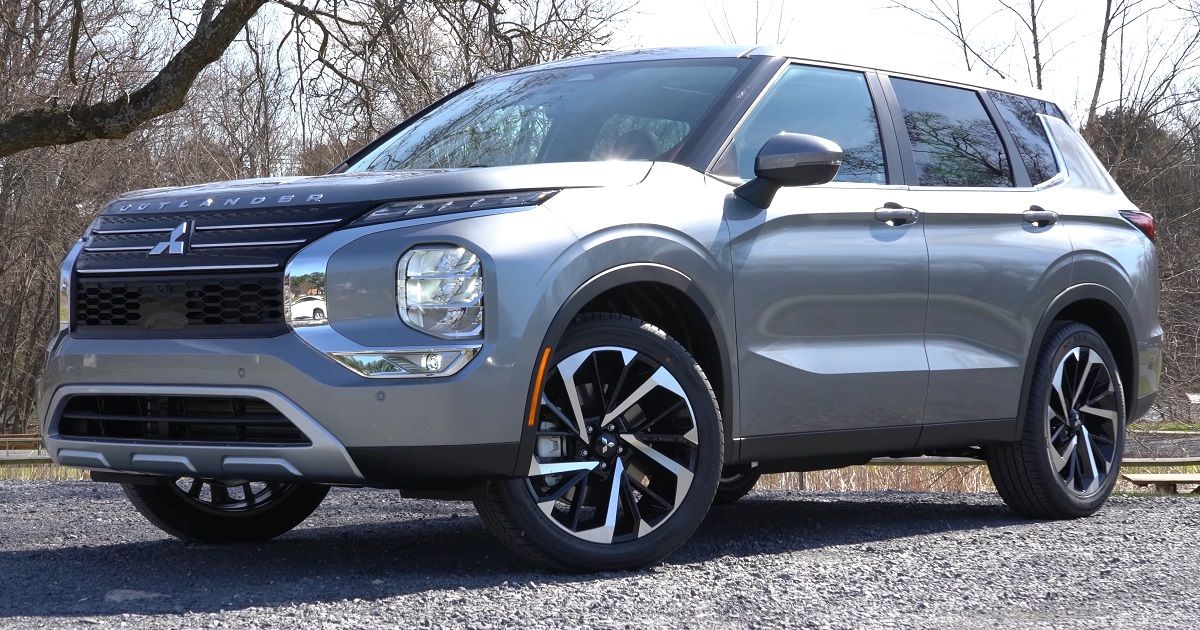
-2.jpeg)
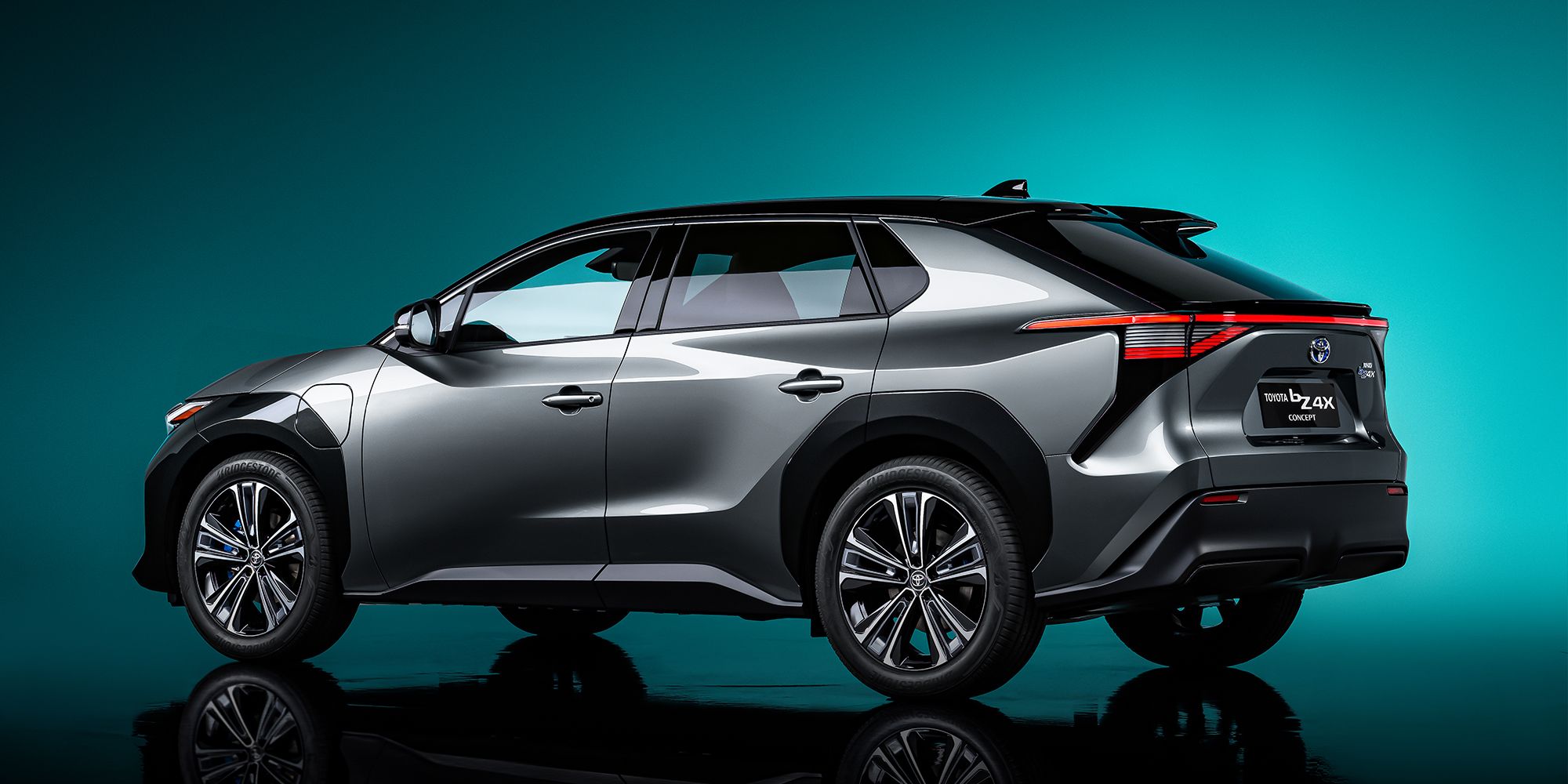
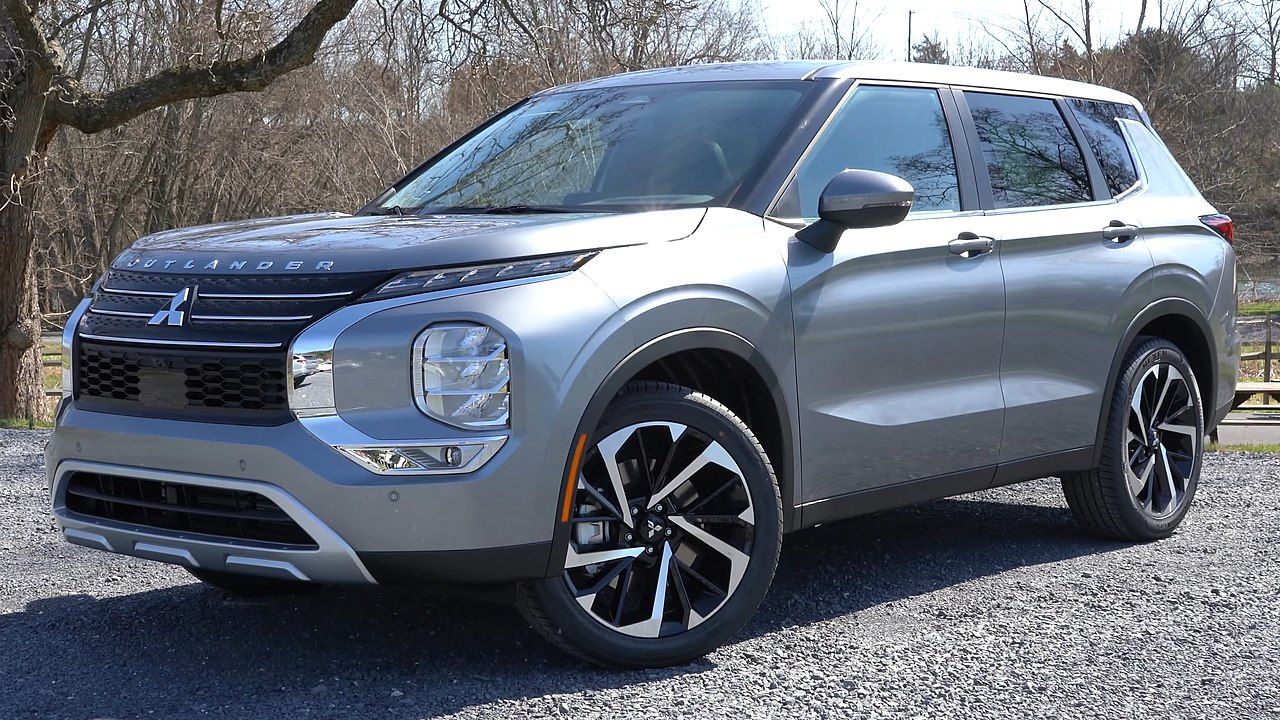
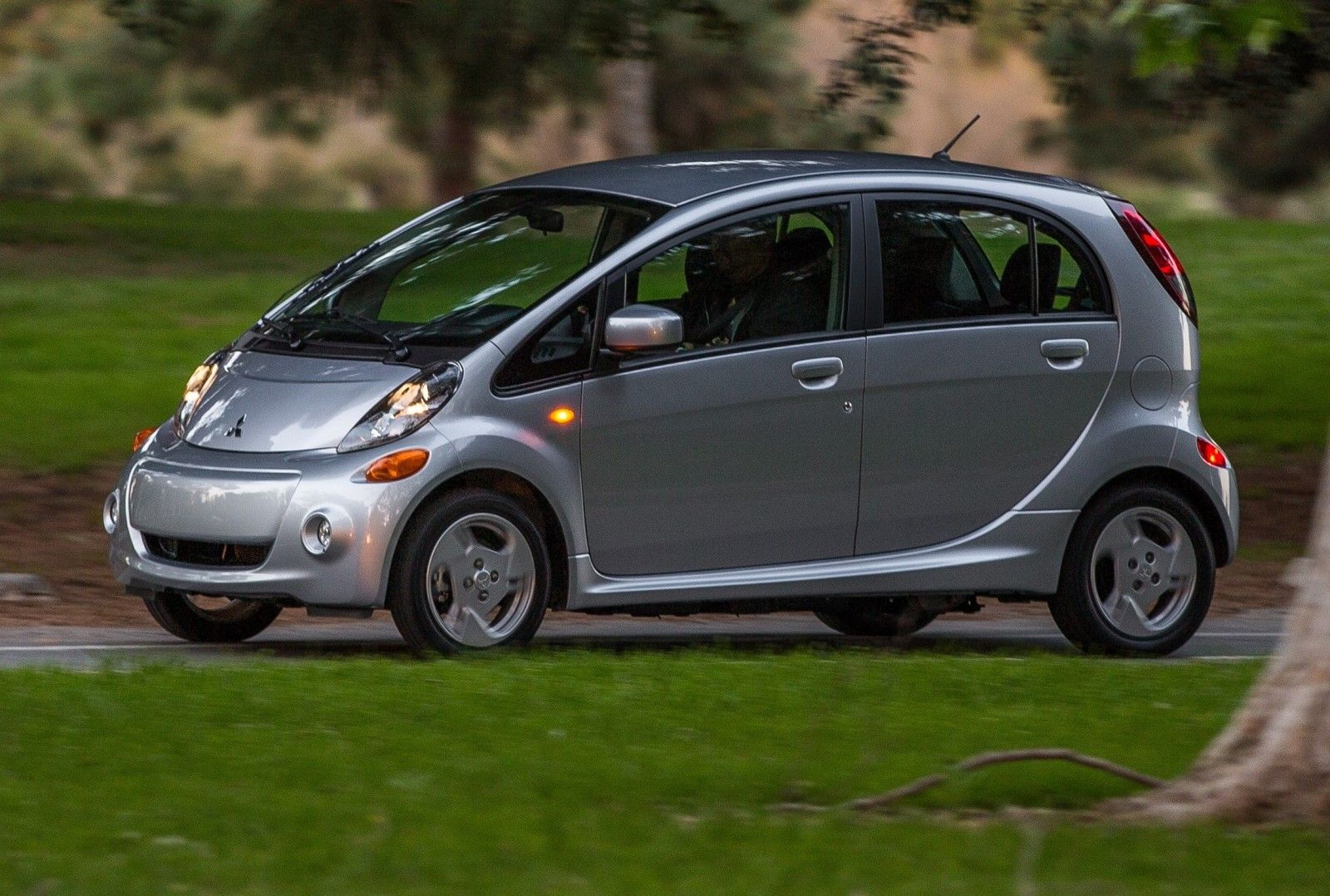
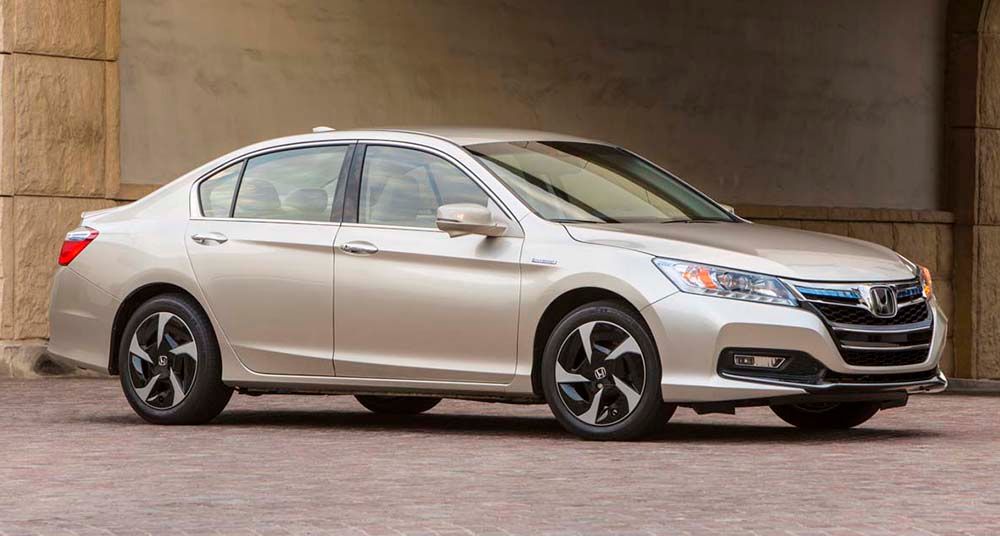
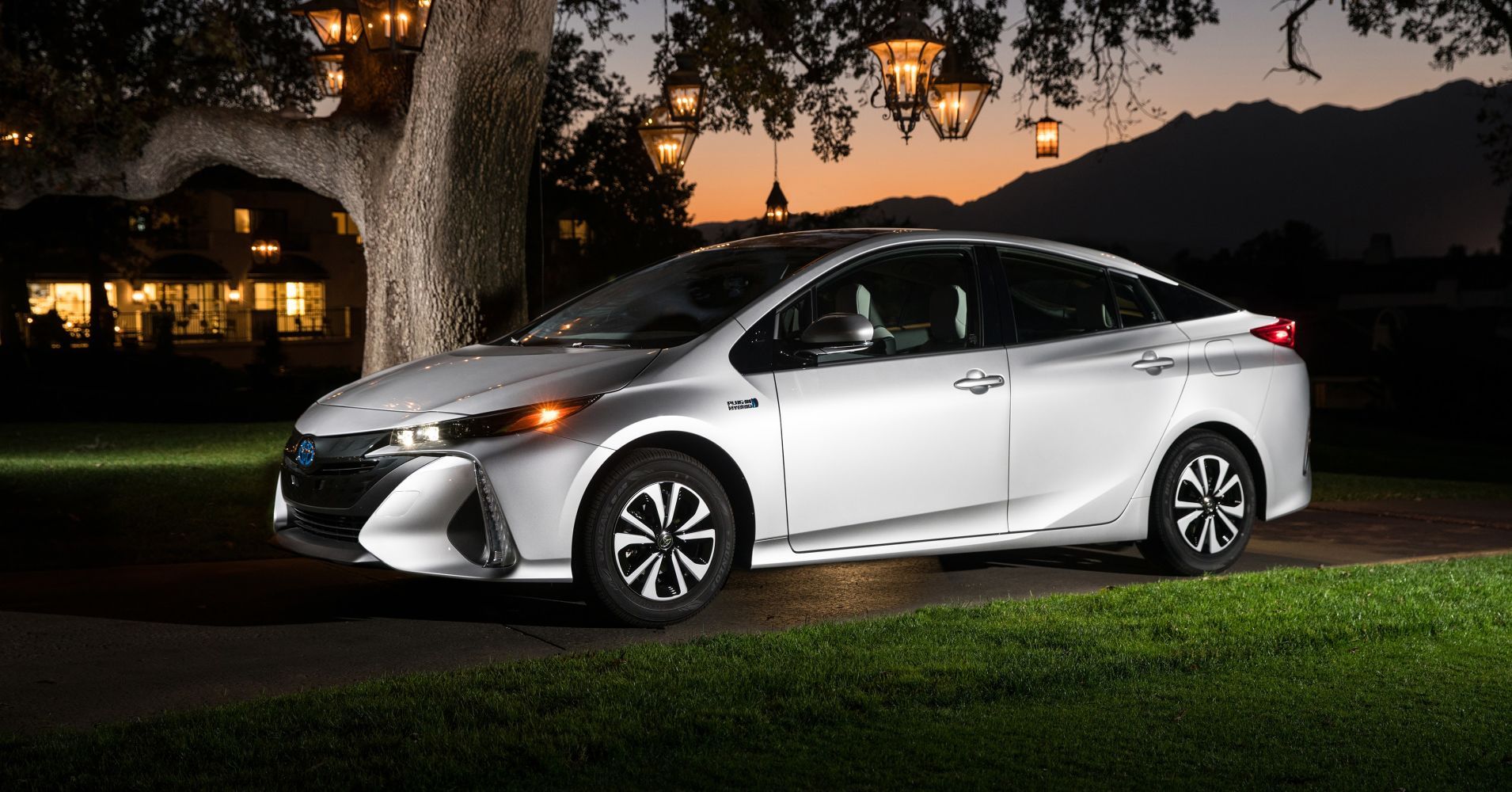
-2.jpeg)